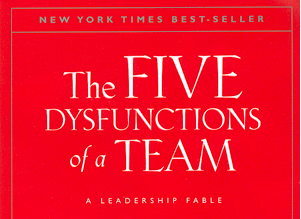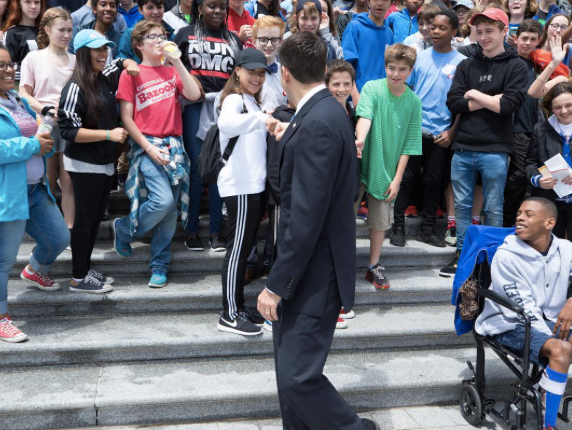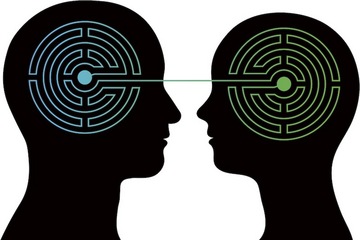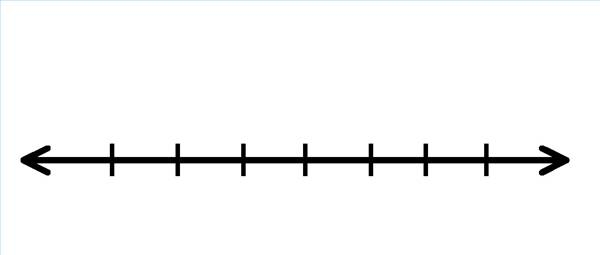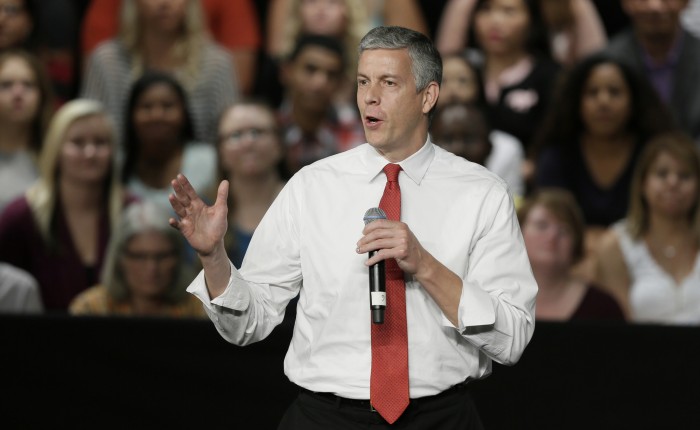In my previous post, I referred to the apparent contradiction of the need to establish safety for student offenders who have jeopardized the safety of others. Of course, I’m referring to two different types of safety. The behavior of students who imperil the safety of other students should never be tolerated and must be met with appropriate action; however, in the course of deciding what that action should be, we must engage in a crucial conversation with that student, and if that conversation is to have any chance of success, we must be vigilant in ensuring that the student feels safe as a participant.
When we’re responding to a serious infraction, it may be challenging to control our own emotions. We’re disturbed by the behavior of the student, protective of other students whose safety may have been threatened, and (possibly unconsciously) anxious about our own ability to rectify the situation. Thus, it becomes even harder for us to monitor what the student we’re about to confront is experiencing. Here’s Patterson et al.:
In truth, most of us do have trouble dual-processing (simultaneously watching for content and conditions)—especially when both stakes and emotions are high. We get so caught up in what we’re saying that it can be nearly impossible to pull ourselves out of the argument in order to see what’s happening to ourselves and to others. Even when we are startled by what’s going on, enough so that we think, “Yipes! This has turned ugly. Now what?” we may not know what to look for in order to turn things around. We may not see enough of what’s happening.
…
If you can catch signs that the conversation is starting to turn crucial—before you get sucked so far into the actual argument that you can never withdraw from the content—then you can start dual-processing immediately. And what exactly should you watch for? People who are gifted at dialogue keep a constant vigil on safety. They pay attention to the content—that’s a given—and they watch for signs that people are becoming fearful. When friends, loved ones, or colleagues move away from healthy dialogue (freely adding to the pool of meaning)—either forcing their opinions into the pool or purposefully keeping their ideas out of the pool—they immediately turn their attention to whether or not others feel safe. When it’s safe, you can.
The irony of the situation we find ourselves in is that no matter how upset we may be with a student’s behavior, we need that student to engage in an open dialogue if we want our intervention to be successful. (Of course, if we simply want to impose consequences unilaterally, we don’t need anything from the student at all. He or she can simply and take a tongue-lashing and serve a consequence. But I think we’re shooting for something greater than that.) It is a humbling experience to realize you still need to court the cooperation of a teenager who has just committed an egregious violation. And yet, there is a path forward that allows both sides to maintain dignity.
When it’s safe, you can say anything. Here’s why gifted communicators keep a close eye on safety. Dialogue calls for the free flow of meaning—period. And nothing kills the flow of meaning like fear. When you fear that people aren’t buying into your ideas, you start pushing too hard. When you fear that you may be harmed in some way, you start withdrawing and hiding. Both these reactions—to fight and to take flight—are motivated by the same emotion: fear. On the other hand, if you make it safe enough, you can talk about almost anything and people will listen. If you don’t fear that you’re being attacked or humiliated, you yourself can hear almost anything and not become defensive.
The first step is to become a “vigilant self-monitor.” When we come to understand our own emotional triggers in high-stakes, emotionally loaded conversations, we are better able to recognize when a conversation or confrontation has become “unsafe.” Once we learn to do that, what comes next?
The key is to stop, step out of the conversation, and create safety before continuing. The first condition of safety that you must address is “mutual purpose,” which the authors call the “entrance condition.” If participants don’t believe you have a mutual purpose, they will not feel safe to contribute to the conversation. For example, the student who sits (or sulks) silently because he believes that your purpose is solely to get him “in trouble” or to take the side of a favored student or group.
Mutual Purpose—the Entrance Condition
Why Talk in the First Place?
Remember the last time someone gave you difficult feedback and you didn’t become defensive? Say a friend said some things to you that most people might get upset over. In order for this person to be able to deliver the delicate message, you must have believed he or she cared about you or about your goals and objectives.
That means you trusted his or her purposes so you were willing to listen to some pretty tough feedback. Crucial conversations often go awry not because others dislike the content of the conversation, but because they believe the content (even if it’s delivered in a gentle way) suggests that you have a malicious intent. How can others feel safe when they believe you’re out to harm them? Soon, every word out of your mouth is suspect. You can’t utter a harmless “good morning” without others interpreting it in a negative way.
Consequently, the first condition of safety is Mutual Purpose. Mutual Purpose means that others perceive that you’re working toward a common outcome in the conversation, that you care about their goals, interests, and values. And vice versa. You believe they care about yours. Consequently, Mutual Purpose is the entry condition of dialogue. Find a shared goal, and you have both a good reason and a healthy climate for talking.
For example, in meeting with a student after he has been involved in a fight, you might say, “Both of us are upset right now about what happened today. But both of us have the same goal. We want to make sure that what happened today never happens again, and that you find a way to resolve these conflicts before they get violent.” Of course, you have other goals too that might not be mutual yet (e.g., you want to ensure safety for every other student, and you want to figure out how the offending student can restore the broken trust and relationships). Hopefully, you can introduce these other goals during the conversation.
It takes more than a simple statement like this for a student to come to trust your motives. You have to mean it, of course. Just saying it doesn’t make it so, and students are the best lie detectors. And this stance needs to be consistent with the actions and persona that you display daily in your school.
The other condition for safety is mutual respect. Participants can’t engage in authentic dialogue when they feel others don’t respect them (or if they don’t respect the other participants). I won’t delve into how to get students to respect you, that’s a topic for another time. What’s more pressing in this moment (a student in your office who just got into a fight) is whether or not you respect the student. It would be completely natural to lose respect (temporarily) for a student who has just hurt or endangered other students. How can you possibly show that you respect a student at a time like this? Patterson et al. weigh in:
Dialogue truly would be doomed if we had to share every objective or respect every element of another person’s character before we could talk. If this were the case, we’d all be mute.
However, we can stay in dialogue by finding a way to honor and regard another person’s basic humanity. In essence, feelings of disrespect often come when we dwell on how others are different from ourselves. We can counteract these feelings by looking for ways we are similar.
Without excusing others’ behavior, we try to sympathize, even empathize, with them. A rather clever person once hinted how to do this in the form of a prayer—“Lord, help me forgive those who sin differently than I.” When we recognize that we all have weaknesses, it’s easier to find a way to respect others.
When we do this, we feel a kinship or mutuality between ourselves and even the thorniest of people. This sense of kinship and connection to others helps create Mutual Respect and eventually enables us to stay in dialogue with virtually anyone.
Every disciplinary conversation or confrontation is unique. For most of us, following some of the steps I’ve written about here prior to or during these conversations (e.g., replacing frustration with curiosity, focusing on the future rather than the past, establishing mutual purpose and respect) run contrary to our basic (and perhaps base) instincts, which sometimes tell us that he who has made others suffer must suffer himself. Our work then, lies in breaking some of the mental models we’ve established through observation and prior practice. No easy task, but worth doing.

